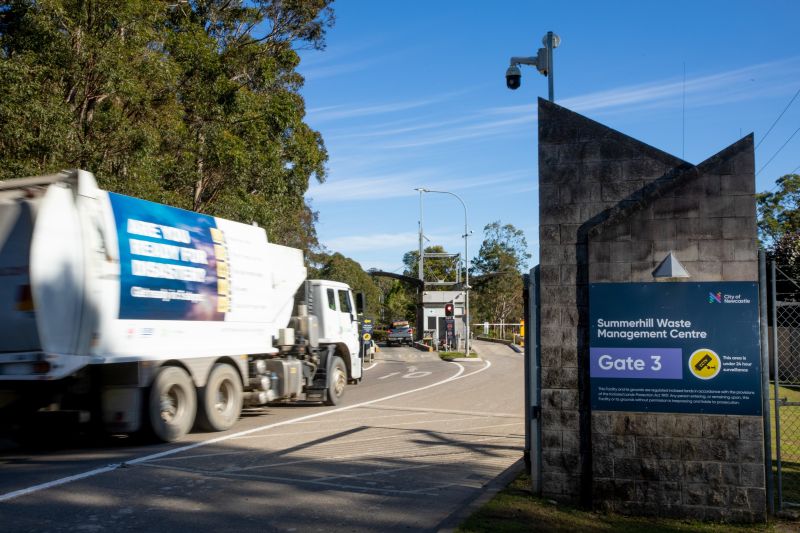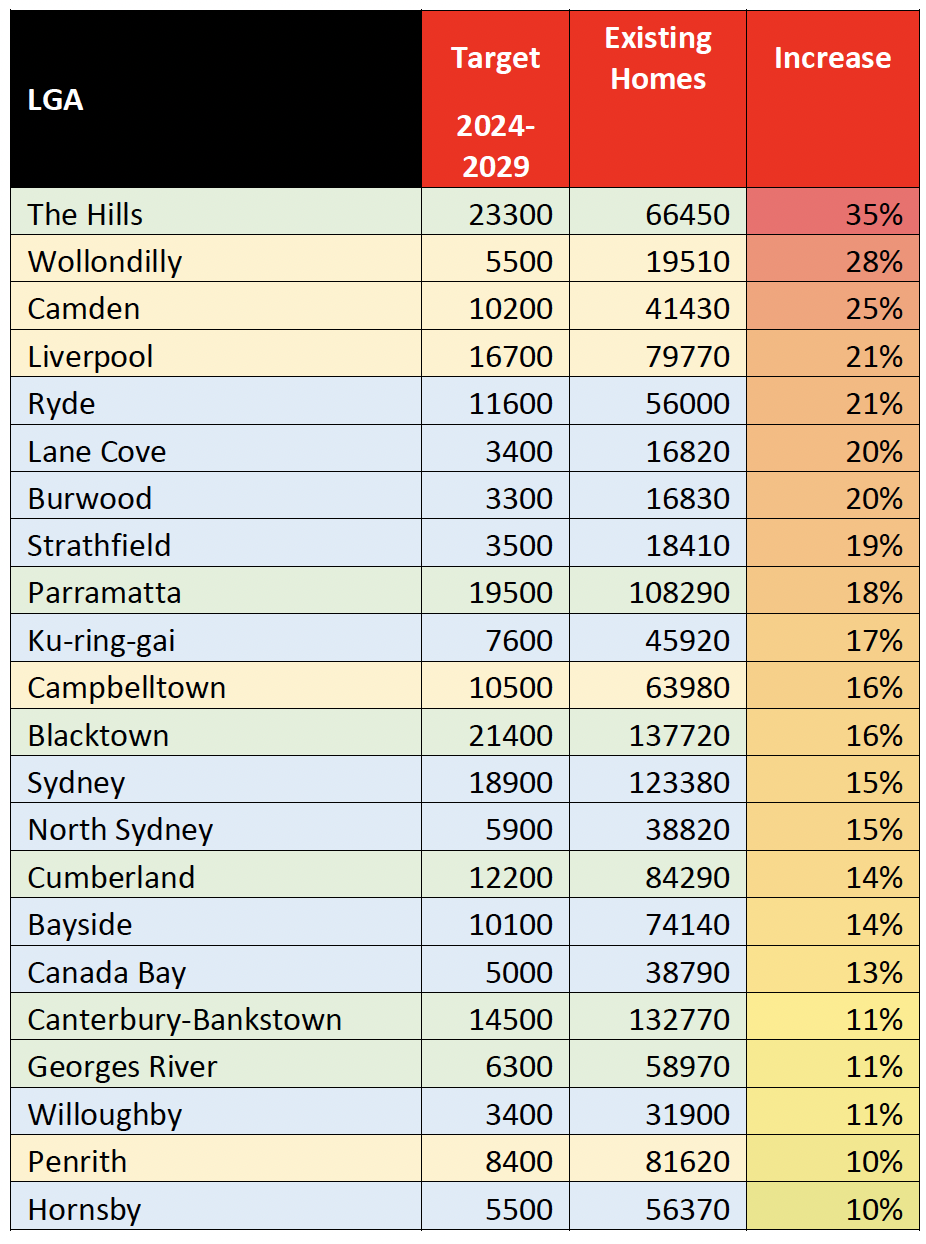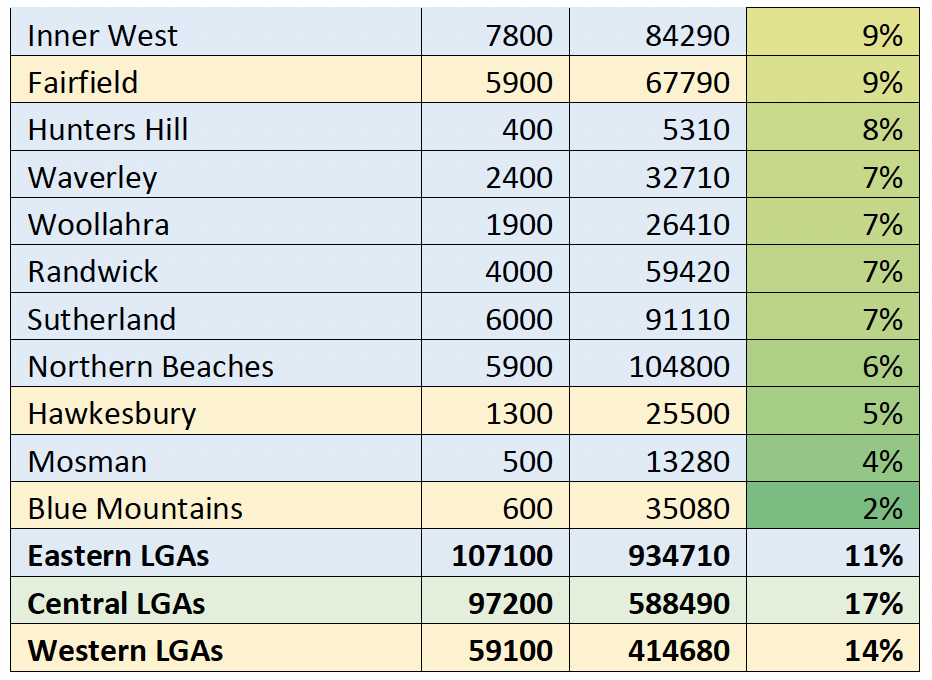Batlow Fruit Company – the largest grower and packer of apples in NSW – is now able to package more apples than ever at its Snowy Valleys location, thanks to the Australian and NSW Governments.
A project to modernise the company’s Batlow packhouse received more than $2.7 million in joint funding under the Bushfire Local Economic Recovery Fund, with an additional $274,000 from Batlow Fruit Company.
The upgrade was officially opened by the NSW Minister for Regional NSW, Tara Moriarty, while in Batlow today.
The grant is part of the Commonwealth and NSW government’s continuing commitment to focus of the economic and social development of regional and rural NSW.
The upgrades are now complete, with new grading and sizing technology bringing the facility in line with modern fruit processing standards and replacing technology which had been in place for over 40 years.
Batlow Fruit Company’s packing facility is one of the few in NSW able to meet the specifications of Australia’s major supermarkets.
Greater automation will ensure the packhouse can continue to process local apples and will provide Batlow Fruit Company with the flexibility needed to provide the highest quality product in response to changes in market demand.
On average Batlow Fruit Company distributes more than one million cartons of apples a year.
Federal Minister for Emergency Management Murray Watt said:
“I spent time in Batlow after the Black Summer bushfires and spoke with growers who’d been impacted.
“Backing economic recovery after a disaster is critical, especially for regional communities like Batlow, which relies so much on the orchards that were extensively damaged and destroyed.
“It’s great to see that with support from the Australian and New South Wales Governments, the Batlow Fruit Company has modernised its operations to stay in business, supporting workers and the local community through the economic hardship off the back of the fires.”
Minister for Regional NSW Tara Moriarty said:
“Assisting companies like the Batlow Fruit Company is an important part of the Government’s support for regional and rural NSW
“By modernising its processing capabilities, the Batlow Fruit Company has ensured Batlow remains a financially competitive location for growers to get their apples packaged.
“This certainty will help it maintain its existing workforce and remain the largest employer for the Batlow region.
“Batlow Fruit Company has been growing and packaging apples out of Batlow for more than 100 years and these upgrades ensure they can continue to do so for many years to come.
Batlow Fruit Company Director Matt Palise said:
“The upgrade of the packing shed will improve our efficiency, reduce downtime and lower water and power usage.”
“The new equipment makes us a much more sustainable operation, ensuring we can continue to deliver high quality packaging services to Batlow growers.”
“The greater efficiency will help future proof our operations and make us better able to withstand disruptions to our supply chain caused by natural disasters. It will also provide better service for our growers, helping increase their returns.”
“I want to thank the Australian and New South Wales Governments for their support for this project.”
Federal Member for Eden-Monaro Kristy McBain said:
“The Dunns Road fire had a devastating impact on the Batlow community in 2020, with extensive damage to orchards and infrastructure taking a hit on our local fruit production.”
“That’s why it’s fantastic to see these upgraded and modern facilities at the Batlow Fruit Company in action – a real testament to the strong advocacy from the operators and Batlow community who made this happen.
“This new equipment will boost their operation, unlock new economic opportunities for Batlow, and secure the next 100 years of world-class produce from the Mighty Eden-Monaro.”
Dr Joe McGirr, State Member for Wagga Wagga said:
“This modernisation program comes at a time when Batlow is rebuilding from the disaster of the Black Summer fires and the success of the Batlow Fruit Company will be integral to driving that growth.
“The works will enhance the pipeline from Batlow’s orchards to consumers around the country and that’s great news, not only for the company and its employees but also growers and the wider community whose future depends on a strong and vibrant apple industry.
“I’d like to congratulate the company on driving this important project and thank the state and federal governments for their investment in the community’s future.”

 Summerhill Waste Management Centre
Summerhill Waste Management Centre
